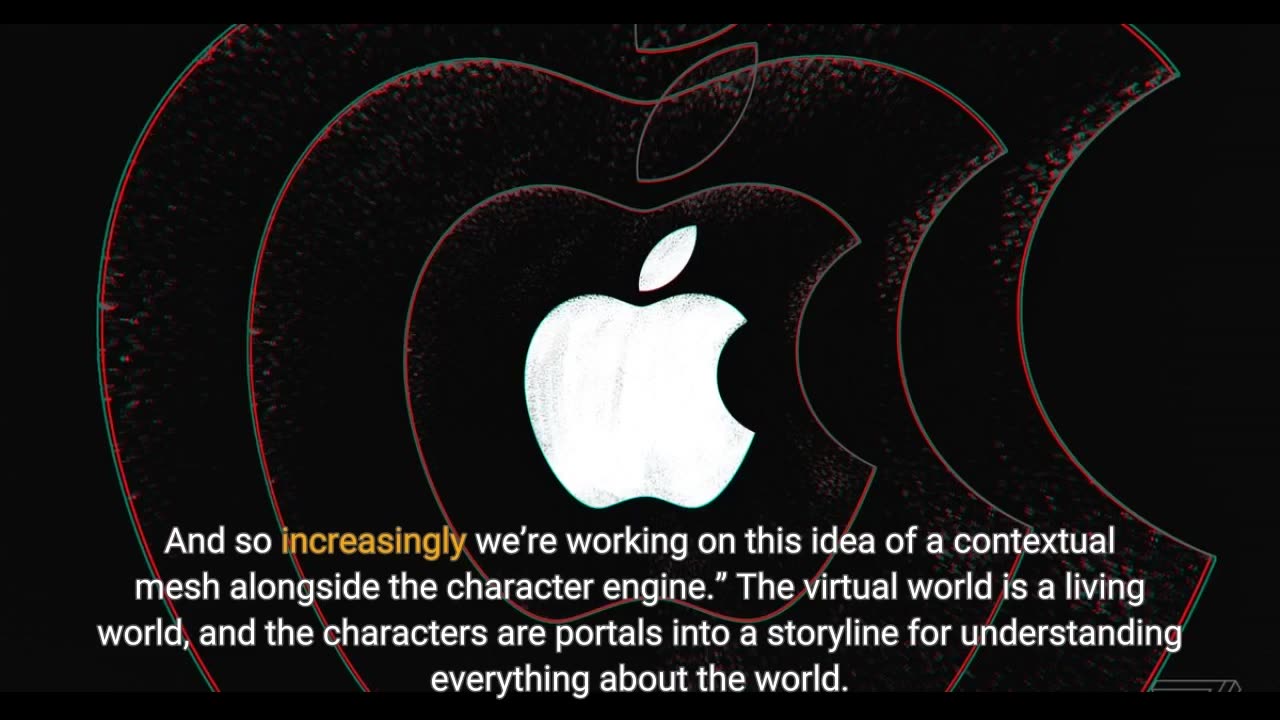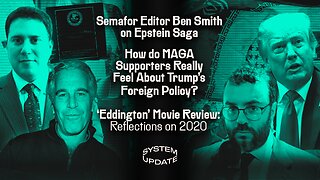Premium Only Content

Inworld AI raises $50M round at $500M valuation for AI game characters - VentureBeat
🥇 Bonuses, Promotions, and the Best Online Casino Reviews you can trust: https://bit.ly/BigFunCasinoGame
Inworld AI raises $50M round at $500M valuation for AI game characters - VentureBeat
August 2, 2023 7:00 AM Inworld AI is valued at $500 million in its latest funding round. Image Credit: Inworld AI Missed the GamesBeat Summit excitement? Don't worry! Tune in now to catch all of the live and virtual sessions here. Inworld AI has raised $50 million funding from Lightspeed Venture Partners, bringing the valuation of the maker of an AI-based character engine for games to over $500 million. That valuation makes Inworld into a frontrunner when it comes to AI and games. The round includes additional investments from Stanford University, Samsung Next, and new and existing strategic investors such as Microsoft’s M12 fund, First Spark Ventures cofounded by Eric Schmidt, and LG Technology Ventures. With over $100 million in total funding, Inworld AI is now the best-funded startup at the intersection of AI and gaming, said Kylan Gibbs, cofounder and chief product officer of Inworld AI, in an interview with GamesBeat. That’s a lot of money for a company built around making non-player characters (NPCs). The twist is that these NPCs promise to be as smart as people. The company will use the funding to accelerate research and development, hire top talent, invest in infrastructure, and launch an open-source version of its character engine. “Inworld’s commitment to open source is a testament to our belief that collaboration fuels innovation,” said Michael Ermolenko, CTO and cofounder of Inworld, in a statement. “Working with the open source developer community, we’ll push forward innovations in generative AI that elevate the entire gaming industry.” This is all in the name of doing things that weren’t possible without today’s advanced AI. In big games like The Legend of Zelda, Gibbs hopes to turn the characters and interactions into the central part of the experience in ways that don’t happen in today’s games. “You may have to, for example, go tell something to certain characters and learn which ones are the snitches and then change the narrative,” Gibbs said. “You may have to go and talk to a series of characters to shift their opinion on something so that they tell someone else, right in the same way.” Characters in a living world Enemies is Unity’s cool tech demo. While AI has been around in games for a long time, the characters aren’t that smart yet. “When you talk to a game designer, triple-A games are made to be extremely efficient. They talk about smoke and mirrors, where it just has to appear real enough for the player to believe that the world is real,” said Moritz Baier-Lentz, partner and head of games at Lightspeed Venture Partners, in an interview with GamesBeat. “To run a full simulation in the background, where they simulate this whole world, you would never do that in a game. You would just make the player believe that the character was there in the world.” That doesn’t lend itself to much of a backstory. You wouldn’t know, for instance, that a character spends the last three days with family having a great time on vacation and now the character happens to meet you. “Our approach is importantly different from game studios who are focused on AI with things like simulations,” Gibbs said. “We are fundamentally trying to position ourselves as the canonical toolset that anyone could use to build any game that involves some form of dynamic real world interactions. And so increasingly we’re working on this idea of a contextual mesh alongside the character engine.” The virtual world is a living world, and the characters are portals into a storyline for understanding everything about the world. The characters can understand the world and its map, and they can reference those things in the world when they’re talking to the player. “We’ve now gotten beyond just the personality, emotions, motivations,” Gibbs said. “Now we’ve got long-term memory. So, the characters can actually not only memorize but synthesize context from very long periods of interaction. We’ve also got dialogue animations, and something that will be coming out soon is a new voice system that will be launched that is much more adaptable and realistic.” As a game developer, you will have a no-code menu where you can manage the relationship between characters, who should talk in a conversation, and who should be the focus of attention. You can craft it so...
-
 2:16:08
2:16:08
The Pascal Show
10 hours ago $0.05 earnedGHISLAINE BREAKS SILENCE! DOJ To MEET With Ghislaine Maxwell! Epstein List To Be Exposed & More News
1.18K -
 1:59:25
1:59:25
The Michelle Moore Show
1 day ago'Tulsi Gabbard on Obama Collusion, 2015 Prophecy Coming To Pass, Huckabee Slights Israel, Nathan Reynolds, & Pet Shots' Guest, Mark Taylor: The Michelle Moore Show (July 21, 2025)
27.4K79 -
 2:23:48
2:23:48
FreshandFit
5 hours agoShould Average Men Pay For Box?
48.2K15 -
 7:29:29
7:29:29
SpartakusLIVE
9 hours agoThe $1,000 Spartakus Gauntlet || Huskerrs and Twitty
105K1 -
 DVR
DVR
RalliedLIVE
9 hours ago $14.29 earnedHIGH OCTANE WARZONE SOLOS ALL DAY
95.7K4 -
 2:49:43
2:49:43
TimcastIRL
8 hours agoTrump Just ACCUSED Obama Of TREASON, Calls For CRIMINAL Charges | Timcast IRL
217K71 -
 10:19
10:19
MattMorseTV
13 hours ago $7.02 earnedTrump just went SCORCHED EARTH.
42.1K27 -
 2:37:18
2:37:18
Barry Cunningham
8 hours agoPRESIDENT TRUMP UNLEASHES HIS WRATH! NOW IT'S DEFINITELY GAME ON! HUGE TRADE WIN!
88.7K55 -
 1:27:56
1:27:56
Glenn Greenwald
10 hours agoSemafor Editor Ben Smith on Epstein Saga; How do MAGA Supporters Really Feel About Trump's Foreign Policy? Eddington Movie Review: Reflections on 2020 | SYSTEM UPDATE #490
157K72 -
 2:13:20
2:13:20
megimu32
7 hours agoOTS: Infomercial Insanity | 80s-00s Gadgets That Sold Big (and Made Us Buy)
39.4K7